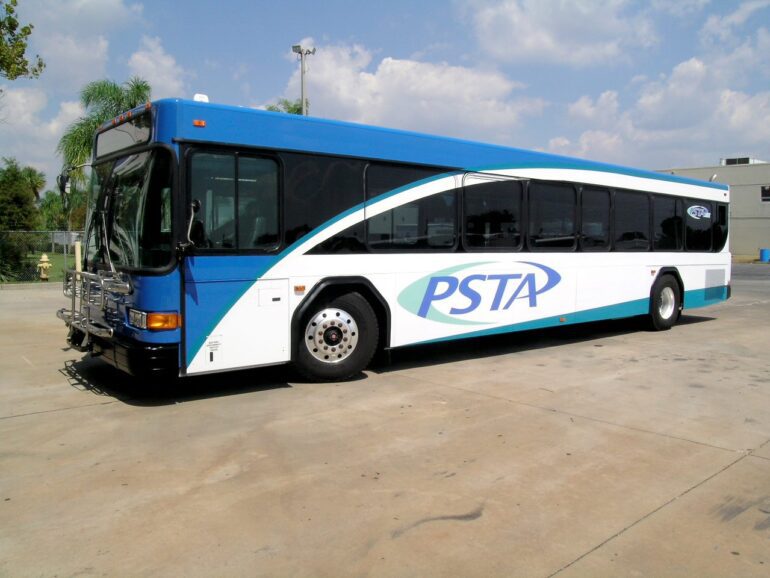TL;DR:
- PSTA has integrated artificial intelligence (AI) technology into approximately half of its buses.
- The technology has undergone successful demo tests and offers significant benefits.
- AI has a 98% accuracy rating and operates hidden within the buses, using Wi-Fi or cell signals to send alerts.
- It continuously monitors bus systems, detecting irregularities and sending repair plans to human technicians.
- The technology predicts potential failures, allowing proactive interventions.
- AI works alongside human technicians, enhancing overall efficiency.
- PSTA believes AI will keep more buses in service, reducing downtime and costs.
- The annual cost of running AI is $82,000, but it is considered a worthwhile investment.
- PSTA plans to expand the implementation of AI to more vehicles in their fleet.
Main AI News:
Artificial intelligence (AI), a transformative technology, is sparking a debate on whether it is a boon or a bane. In the case of PSTA (Pinellas Suncoast Transit Authority), AI has proven to be a game-changer by revolutionizing their bus operations, resulting in significant time and cost savings.
Henry Lukasik, PSTA’s director of maintenance, recalls a demo test conducted on 12 vehicles about a year ago, which left them thoroughly impressed. “We were very pleased with its performance and the potential benefits it offered. Thus, the decision to deploy AI across our fleet was a no-brainer,” he explained.
The stress tests conducted on the technology revealed an impressive accuracy rating of approximately 98%. Tucked away discreetly under the paneling of the buses, AI utilizes Wi-Fi or cell signals to transmit alerts to technicians, keeping them informed about potential issues.
The technology continuously monitors the buses’ communication networks, scrutinizing performance for any irregularities 24/7. As soon as it detects an anomaly, an alert, along with a repair plan, is dispatched to human technicians. This proactive approach allows interventions to be made before a minor issue escalates into a major problem.
Lukasik aptly describes the technology as having a virtual technician on board each vehicle, tirelessly working round the clock. “It operates ceaselessly, analyzing data and detecting anomalies in sensors and readings. By predicting potential issues in advance, we can respond proactively rather than reactively,” he elaborated.
It is important to note that AI is not meant to replace human technicians but rather complement their expertise, resulting in a more efficient system overall. Lukasik emphasizes the symbiotic relationship between humans and AI, proclaiming its current efficacy. “The results have been truly remarkable,” he affirms.
Lukasik firmly believes that AI will enable more buses to remain in service, minimizing the time they spend in the garage. Despite its annual cost of $82,000, he considers it a worthwhile investment. “It’s like having tripled the number of technicians, and the reduction in downtime is invaluable. A bus out of operation is a costly inconvenience for our riders. The cost of maintaining the system each year pales in comparison,” Lukasik emphasized.
With such promising outcomes, PSTA aspires to expand the implementation of AI to additional vehicles in their fleet. The continued success of technology is a driving force behind this ambition, as Lukasik looks forward to a future where AI plays an even more significant role in optimizing their operations.
Conlcusion:
The integration of artificial intelligence (AI) technology into PSTA’s bus fleet showcases the potential impact of AI in the market. The successful implementation of AI has resulted in significant time and cost savings for PSTA, demonstrating the tangible benefits that can be achieved through intelligent automation. This development sets a precedent for other players in the market to explore and adopt AI solutions to optimize their operations, increase efficiency, and deliver improved services to customers.
As AI continues to advance and prove its value in the transportation sector, it is likely to stimulate a growing demand for AI-powered solutions in the broader market, driving innovation and transforming business processes across various industries. Organizations that embrace AI early on are poised to gain a competitive advantage by unlocking new levels of productivity, cost-effectiveness, and customer satisfaction.

